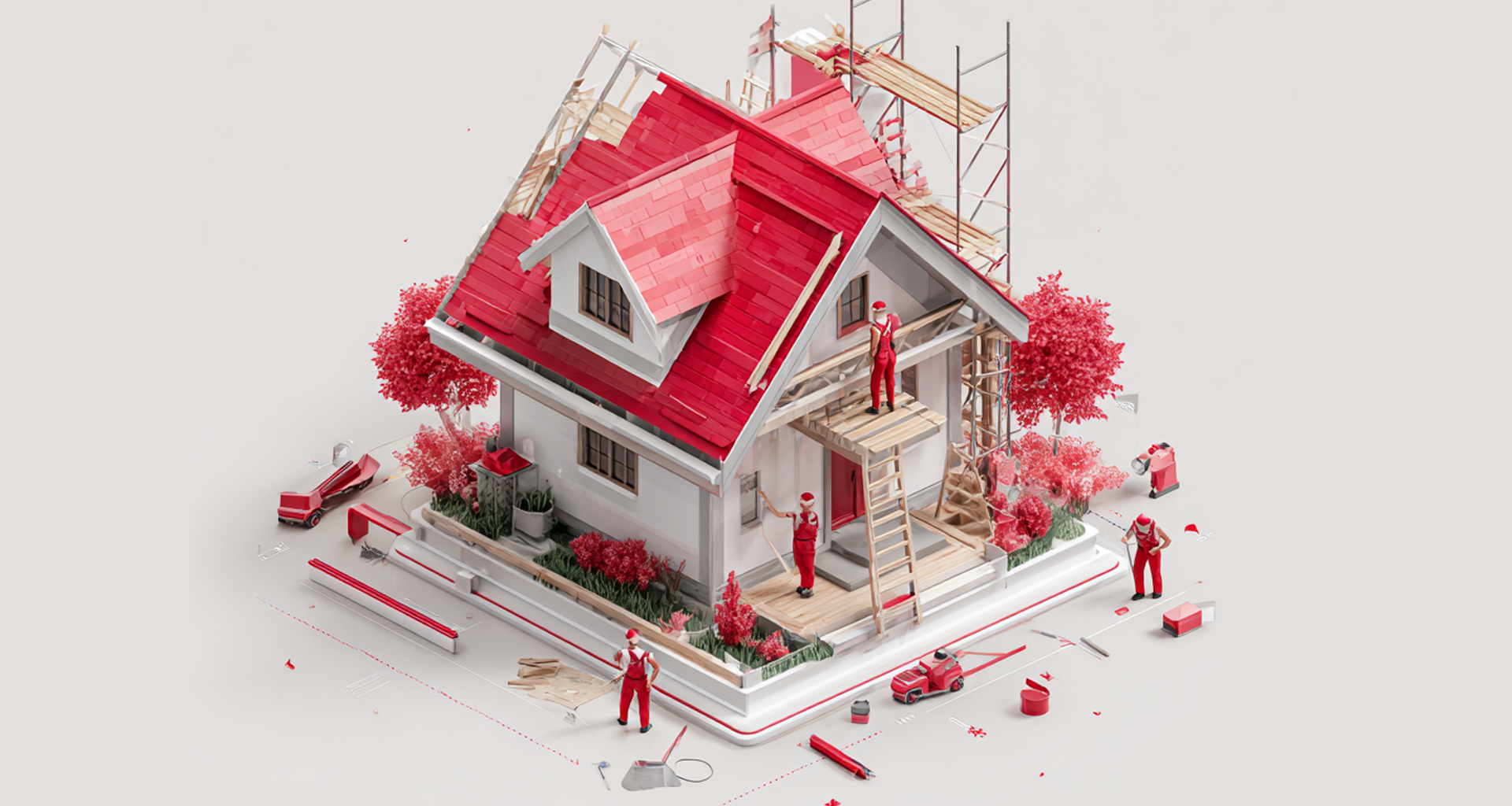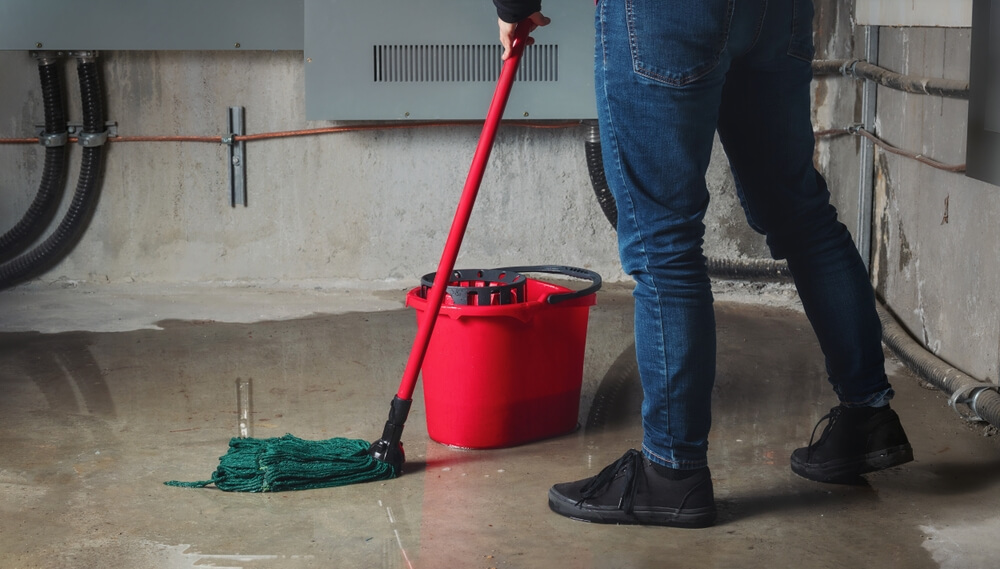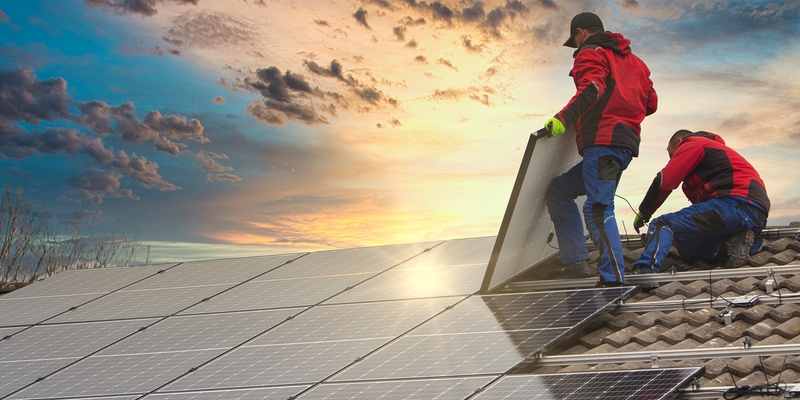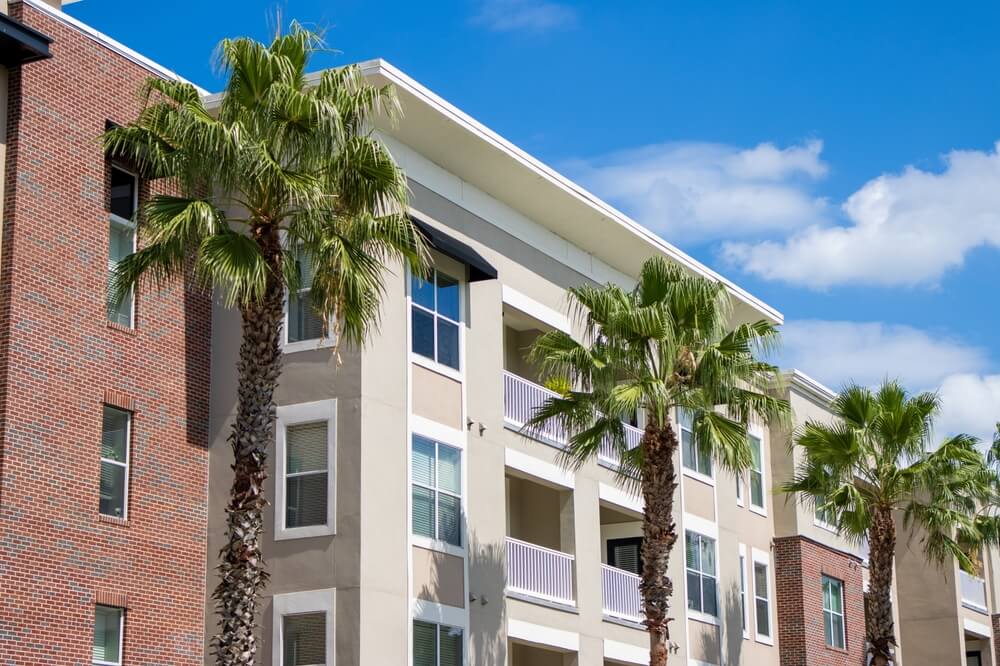
If you are not redirected within 30 seconds, please click here to continue.
Samedi: 10h – 16h HAE

If you are not redirected within 30 seconds, please click here to continue.
If you are not redirected within 30 seconds, please click here to continue.
The price of insuring an old roof - if it's even insurable
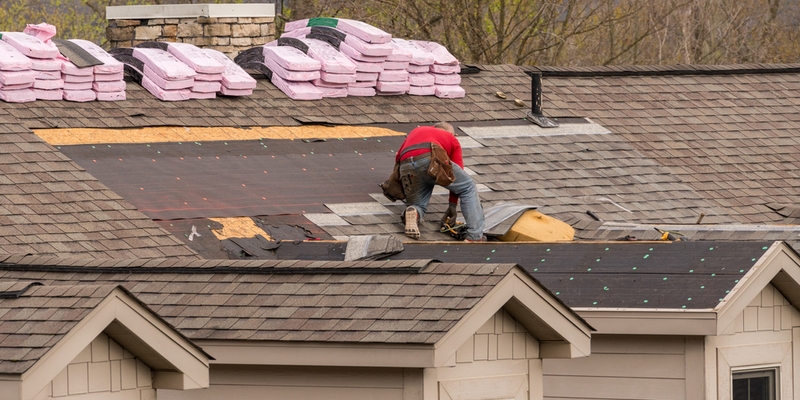
If your roof is over 10 years old, you may be paying more in home insurance premiums than you should. Plus, with harsh winter storms approaching, your roof could be in for some damage – damage that might not be fully covered by your home insurance.
Based on our data, about 75% of homeowners coming to Rates.ca for home insurance quotes have roofs that are roughly 10 years old.
While 10-year-old roofs are unlikely to receive coverage penalties or suffer severe damage, they are old enough to need repairs. Once a roof hits 15 years old, it could already considered too old to insure by many insurance providers.
However, even if your roof isn’t that old, it can still be impacted by higher premiums. Moreover, roof disrepair isn’t limited to just old roofs, especially in winter, and the ensuing damage – both to the roof and the rest of your home – can end up costing you a lot more than you think.
Before you panic, let’s break it all down.
How your roof’s age impacts your premiums
Each insurance company has its own way of calculating premiums when it comes to aging roofs. One insurer may increase your premiums incrementally as your roof gets older, while another may only start increasing them when your roof’s age gets into the double digits – from 15 years and onward. There are also insurers who will forgo covering your roof past a certain age altogether, or not write you a policy in the first place.
Below, you’ll find an example of how your home insurance premiums may be impacted by the so-called “incremental increases.”
| Roof age | % increase year-over-year* | % increase from <1 year* |
|---|---|---|
| 30 years | 0.38% | 2.14% |
| 15 years | 0.73% | 1.80% |
| 10 years | 0.17% | 1.02% |
| 9 years | 0.17% | 0.84% |
| 8 years | 0.14% | 0.67% |
| 7 years | 0.18% | 0.53% |
| 6 years | 0.18% | 0.35% |
| 5 years | 0.17% | 0.17% |
| 1 year | -- | -- |
You may start seeing incremental premium increases as soon as your roof turns five years old (or sooner). In this example, the initial increase is 0.17% – from a one-year-old roof to a five-year-old roof. From there, year-over-year increases continue to be between 0.14% and 0.18%. In total, you’re looking at a premium increase of 1.8% for a roof that hasn’t been repaired in 15 years and an increase of 2.14% for a roof that hasn't been repaired in 30 years (likely combined with decreased coverage).
According to the Rates.ca Home Insuramap, the average home insurance premium in Ontario is $1,427 per year. In this case, premium increases of 1.8% and 2.14% equal $26 and $31 per year, respectively, or roughly $2 to $3 per month.
On average, however, we found that most insurers will not increase their premiums until the roof is 15 years old or older. For instance, if a roof is 15 years old, the average increase is 0.6%, and if it’s 30 years old, the average increase is a whopping 5.39%. Looking at Ontario’s average again, this translates to increases of $8.5 and $76.9 per year, respectively.
The takeaway? Your roof’s age won’t significantly impact your premiums until it’s at least over 20 years old. Does that mean you can just wait until your roof turns 20 and only repair it then? Well, no. Not really.
Related: 12 tips to prepare your home for winter
Why insurance providers single out aging roofs
While it’s tempting to get angry at insurers for increasing premiums and reducing coverage based on a roof’s age, they have good reasons for doing so.
Age lets insurers quickly determine the rough condition of your roof. This, in turn, helps them assess the cost of repairing it, combined with your square footage and other factors. The older the roof is, the more repairs it’s likely to require, and thus, more money it will cost.
That money can come from higher premiums or out of your pocket – with the insurer either limiting or withholding coverage. Either way, the money needs to come from somewhere, and the insurer won’t repair your roof out of charity (it’s a business, after all).
When is your aging roof protected?
Now, paradoxically, your old roof can still receive coverage in certain circumstances.
For example, if your home is protected from fire (and it generally should be), then regardless of how old or broken your roof may be, it will get covered if fire is determined to be the primary cause of loss or damage.
If, on the other hand, thawing snow causes your roof to start leaking and it’s worsened by decades of neglect, then your insurer may refuse to cover the damages.
In the first example, the cause of damage is an unforeseen insured event – fire. In the other, it’s the result of long-term neglect by the homeowner.
As a rule, home insurance is not meant to address preventable issues. Taking care of mold and pest infestations, minor pipe leaks, and yes, regular roof repairs, are responsibilities that typically fall on the homeowner, not the insurer.
Furthermore, maintenance neglect, especially in the case of roof repairs, can lead to several other costly issues.
Read more: Can your home insurance provider stop covering your water damage claims?
The impact of an aging roof
Your roof is more exposed to the elements than any other part of your home.
Moisture – caused by rain or melting snow – high winds and drastic temperature swings can all hasten your roof’s degradation. And the older the roof is, the sooner those conditions can lead to leaks and other more dire consequences, such as a large hole or a complete collapse.
In the latter two cases, you may still get coverage, but it could be limited. If your roof is over 20 years old, for instance, the insurer may choose to cover no more than 25% of the cost.
There are other, less obvious, consequences of roof neglect. For instance, a roof leak can cause mold and mildew in your home, which can start in your attic and slowly spread to the rest of your home. Water from a leaky roof can also affect rafters, wall framing, ceiling hoists and fascia boards, leading to weakened wood or wood rot. Water can even get into your ceiling joists and walls.
This can require expensive repairs – ones that your insurance company may not cover due to the responsibility of roof maintenance falling on your shoulders.
Some risks often come from within your home or from the air itself. If your roof has poor ventilation, along with inadequate insulation — or if you have moisture accumulating in your attic from places like the kitchen, showers and laundry – you can end up with ice and frost inside the roof.
Upon melting, all that water can leak down into your walls and other parts of your home, causing major damage. This is called “freezing rain,” and it can be as costly as a regular leak.
Roof repairs alone can rack up a hefty bill. According to Nailed It, a roofing and construction company in the Greater Toronto Area, repairing an asphalt shingle roof – the most common type of roof in Ontario – can cost anywhere from $2,100 to $16,500, depending on your square footage.
This is an expense every homeowner has to make at some point, so it’s to be expected. However, if you add to that the cost of damage to the rest of your home – should you choose to neglect repairs for over a decade or two – then you’re looking at significantly higher expenses.
That’s on top of the premium increase you may get for filing a home insurance claim (one that may not even pay off).
How to limit your roof expenses
So, what can you do to avoid unnecessary claims and lower those premiums? Here are a few things:
Get your roof inspected
If you’re uncertain about the condition of your roof, hire a licensed professional to inspect it. They’ll know what to look for and let you know if repairs are needed.
Clean your roof
Lower your risks of damage by checking your roof for debris and water accumulations. If you have tree branches touching or hanging over your roof, trim them back.
Regularly examine your roof for damage
Inspect your roof regularly, especially after every major storm. Check if the granules embedded in the asphalt of your shingles are loose, or if the shingles themselves are missing. If your shingles are curling, it may be a sign of poor ventilation, which, as we’ve mentioned, can lead to attic rain. Some shingles may also be cracked – either due to being organic (a discontinued type of shingle) or installed on an uneven surface (like a ridge). All of these are signs that your roof needs maintenance.
Pay for the repairs
If your roof is damaged, get it repaired. You can do it yourself, or you can hire someone else to do it. Either way, don’t try to save money by avoiding repairs, because you will end up paying more later.
Get your insurer to inspect the roof
This is only applicable if your roof has already suffered major damage. For the best chance of a payout, get your insurer to inspect your roof after filing a claim. Show them any receipts for any repairs or roof inspection reports you’ve done. You want to make it as clear as possible that the cause of damage is the peril covered by your policy, not poor maintenance.
Read more: Home Inspections 101: Why you don’t want to skip this critical step
Key takeaways
If you’re worried about your old roof coming down on your head this winter, get it inspected, and if necessary, repaired to avoid any insurance blunders. Otherwise, you might be looking at high premiums and even higher repair costs. Contrary to popular belief, you can get your roof repaired in winter, so if you need to get it done now, don’t delay.
Finally, if you’re simply looking for cheaper home insurance premiums, compare rates on Rates.ca.
*The estimated roof coverage percentages are based on a 45-year-old homeowner, who has been insured for at least 10 years, never made a claim, and lives in a 1,600 sq ft house with brick veneer, wood frame construction, natural gas heat and the maximum available coverage for water protection.
Don't waste time calling around for home insurance
Use Rates.ca to shop around and compare multiple quotes at the same time.
Finding the best home insurance coverage has never been so easy!
Get money-saving tips in your inbox.
Stay on top of personal finance tips from our money experts!


